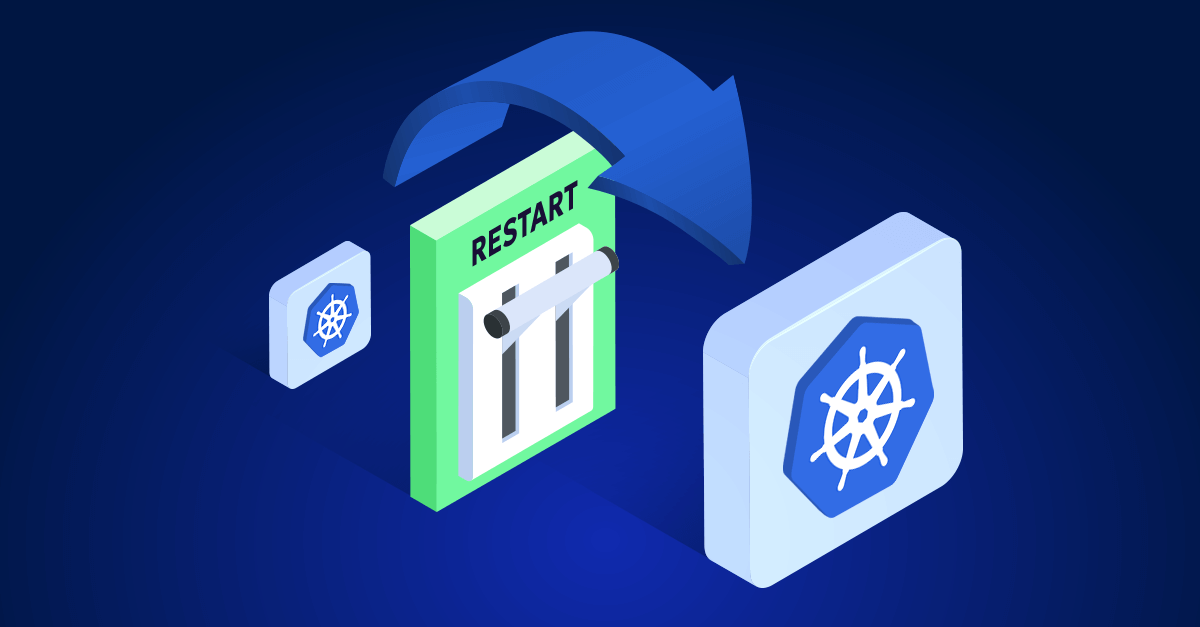As an experienced cloud engineer with over a decade working extensively with AWS, I’ve navigated the complex landscape of cloud cost optimization numerous times. My journey with AWS began over ten years ago, and throughout this period, I’ve been responsible for managing and optimizing cloud environments for various organizations. I’ve seen firsthand how effective cost optimization can make or break a company’s cloud strategy. AWS Reserved Instances (RIs) are one of the most powerful tools at your disposal for reducing cloud costs. However, like any financial commitment, they come with their own set of risks and considerations that can significantly impact your cost savings and operational flexibility.
Understanding these risks is crucial for several reasons:
- Financial Impact: Mismanagement of RIs can lead to significant financial losses, negating the potential savings and even increasing overall costs.
- Operational Flexibility: Committing to specific instance types and regions can limit your ability to adapt to changing business needs, potentially hindering growth and innovation.
- Strategic Planning: A well-informed decision-making process ensures that your cloud strategy aligns with long-term business goals, providing a stable foundation for future expansion.
This article focuses on the risks and considerations associated with RIs because making uninformed decisions can have far-reaching consequences. By providing a comprehensive overview and a step-by-step buyer’s guide, I aim to equip you with the knowledge to make informed, strategic decisions that maximize your cost savings while maintaining the flexibility to adapt to future needs.
Reserved Instances – a short overview
Reserved Instances (RIs) offer a cost-saving strategy where you commit to using specific instance types in particular regions for a one- or three-year term, in exchange for a reduced hourly rate. There are two primary types of RIs:
- Standard Reserved Instances: Provide the highest discounts but are less flexible.
- Convertible Reserved Instances: Offer more flexibility in changing instance attributes (such as instance family and region) but come with slightly lower discounts.
Risks and considerations
1. Commitment Period
Risk: The primary risk of RIs is the long-term commitment. Committing to a one- or three-year term means you are obligated to pay for that period, regardless of changes in your usage patterns.
Consideration: Carefully evaluate your long-term workload requirements. If your usage patterns are stable and predictable, Standard RIs may be suitable. For more dynamic environments, Convertible RIs provide needed flexibility.
2. Instance Type and Region Specificity
Risk: RIs are specific to instance types, regions, and Availability Zones. Changes in your infrastructure requirements could render your RIs less effective or unused.
Consideration: Conduct a thorough analysis of your current and future instance usage. Utilize Convertible RIs if you anticipate changes in your instance types or regional deployments.
3. Upfront Payments
Risk: RIs offer various payment options (All Upfront, Partial Upfront, and No Upfront), but the best discounts come with All Upfront payments, which require a significant financial outlay.
Consideration: Assess your financial situation and budget. If you can manage the upfront cost, All Upfront payments yield the best savings. Otherwise, Partial Upfront or No Upfront options may better suit your cash flow needs.
4. Utilization and Coverage Gaps
Risk: Under-utilizing your RIs results in wasted spend, while gaps in coverage can lead to unexpected on-demand costs.
Consideration: Regularly monitor your RI utilization and coverage using AWS Cost Explorer and RI reports. Adjust your RI portfolio as needed to ensure optimal usage and avoid gaps.
5. Market and Price Fluctuations
Risk: AWS frequently updates its pricing and introduces new instance types. Your RIs might not remain the most cost-effective option over time.
Consideration: Stay informed about AWS pricing updates and new instance offerings. Convertible RIs can help you adapt to these changes without losing out on savings.
6. Operational Overhead
Risk: Managing RIs requires ongoing monitoring and adjustments, adding to your operational workload.
Consideration: Utilize AWS tools like AWS Cost Explorer, Trusted Advisor, and third-party RI management solutions to automate and streamline RI management.
Step-by-Step Buyer’s guide to Reserved Instances
Step 1: Assess Your Workload
Analyze your current and projected instance usage. Look for stable workloads that are unlikely to change significantly over the commitment period.
Step 2: Choose the Right RI Type
Decide between Standard RIs and Convertible RIs based on your need for flexibility. Standard RIs are ideal for predictable workloads, while Convertible RIs offer adaptability for changing requirements.
Step 3: Determine Your Commitment Period
Select a one- or three-year term. Longer terms offer higher discounts but require more confidence in your usage projections.
Step 4: Select Payment Options
Choose between All Upfront, Partial Upfront, and No Upfront payment options. Balance your preference for immediate savings with your available budget and cash flow considerations.
Step 5: Purchase Reserved Instances
Use the AWS Management Console, AWS CLI, or API to purchase RIs. Specify the instance type, region, and Availability Zone.
Step 6: Monitor and Adjust
Regularly review your RI utilization using AWS Cost Explorer and other cost monitoring tools. Adjust your RI portfolio as needed to maximize savings and coverage.
Step 7: Stay Informed
Keep up-to-date with AWS announcements regarding pricing changes and new instance types. Adapt your RI strategy accordingly to maintain cost efficiency.
Managing RIIs with the right tools
Effectively managing RIIs requires leveraging the right tools to automate monitoring, optimize utilization, and adapt to changing needs. Here are some recommended tools and strategies:
AWS Cost Explorer
Features: AWS Cost Explorer provides a comprehensive view of your costs and usage patterns. It helps you track RI utilization and identify opportunities for optimization.
How to Use: Regularly review the Reserved Instance Utilization and Coverage reports. These reports offer insights into how well you are using your RIs and where you may have gaps that need addressing.
AWS Trusted Advisor
Features: AWS Trusted Advisor provides real-time guidance to help you optimize your AWS environment. It includes checks for RI utilization, cost optimization, and performance improvement.
How to Use: Enable the Trusted Advisor RI Utilization check to receive recommendations on underutilized RIs. Follow the suggestions to modify or sell underperforming RIs in the Reserved Instance Marketplace.
Zesty
Features: Zesty is an AI-driven automated cost optimization platform designed to help companies manage and optimize their cloud costs. It dynamically adjusts your RIs to match your actual usage patterns, ensuring maximum savings.
How to Use: Integrate Zesty into your AWS environment. The platform will continuously analyze your usage patterns and automatically adjust your RIs to optimize cost savings. This includes purchasing new RIs, modifying existing ones, and selling underutilized RIs.
CloudHealth by VMware
Features: CloudHealth offers cloud cost management and optimization tools. It provides detailed analytics, reporting, and governance features to manage RIs effectively.
How to Use: Use CloudHealth’s RI management capabilities to analyze usage patterns, forecast needs, and automate RI purchases and modifications. Set up custom reports and alerts to stay on top of your RI strategy.
Making the most of your Reserved Instances
AWS Reserved Instances can significantly reduce your cloud costs, but they require careful planning and ongoing management. By understanding the risks and considerations and following the step-by-step guide, you can make informed decisions that optimize your cloud spend and align with your organization’s needs.
FAQ
What happens if I don’t use my Reserved Instances?
If you don’t utilize your RIs, you’ll still be charged for the reserved capacity, leading to potential wasted spend. Regular monitoring and adjustments are key to ensuring high utilization rates.
Can I sell my unused Reserved Instances?
Yes, AWS offers a Reserved Instance Marketplace where you can sell your unused Standard RIs. However, this is subject to certain conditions and may not always be a viable option.
How do I choose between Standard and Convertible Reserved Instances?
If you have predictable, stable workloads, Standard RIs offer the highest discounts. For more dynamic environments where you anticipate changes in instance types or regions, Convertible RIs provide the necessary flexibility.
Further reading/watching
- AWS Reserved Instances Documentation – Official AWS documentation on Reserved Instances, covering types, benefits, and best practices.
- Cost Management in AWS: Reserved Instances and Savings Plans – AWS blog post on cost management strategies, including RIs and Savings Plans.
- How do I purchase an Amazon EC2 Reserved Instance?










